Shoulder Dislocations: 4 Phases To Building Bullet Proof Shoulders
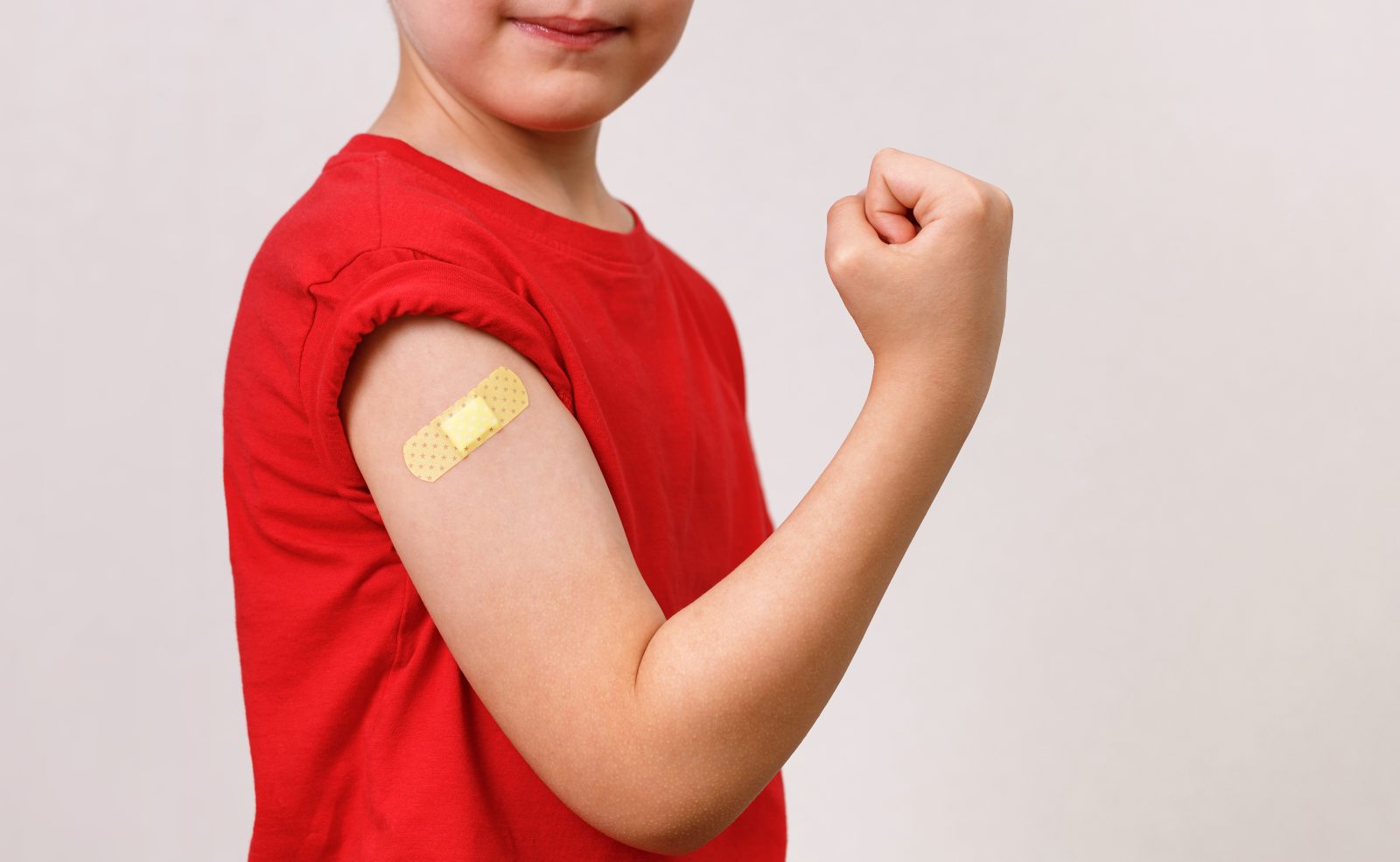
If you would like the visual portion of this on our Youtube view here:
Sarah provides some great stretches HERE
I have been lucky in my life to have never sustained a shoulder dislocation/ subluxation. Today we are going to dive into what a shoulder dislocation is, whether surgery is beneficial, who is effected, and a short list of exercises you can try.
As always, reach out to your primary care provider first before trying any of these suggestions.
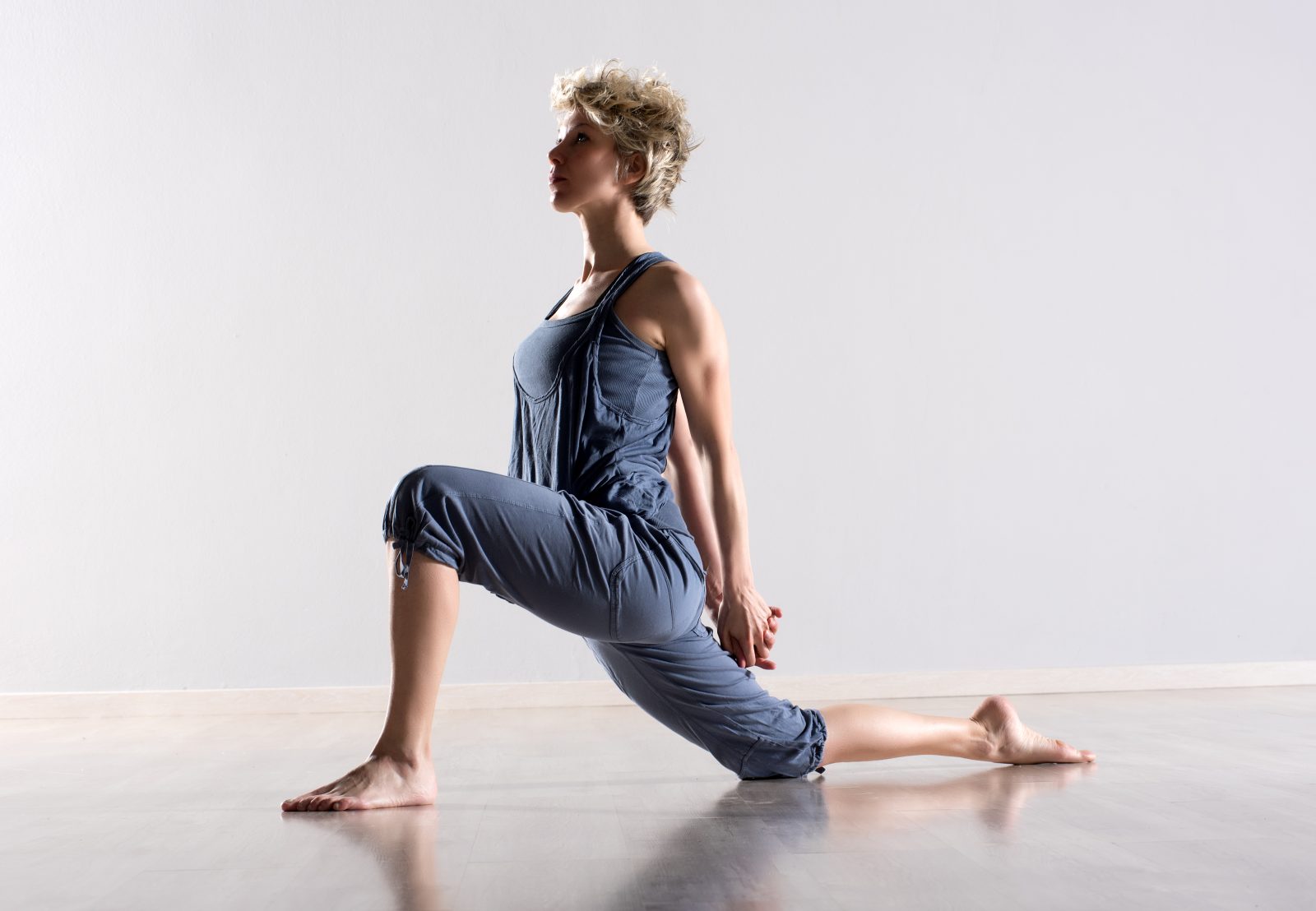
What
The shoulder dislocation is the most dislocated large joint in the body. Commonly, there is a traumatic event most often by a fall on an outstretched hand (FOOSH). The shoulder is placed into abduction (Away from the body) and external rotation (Rotating away from body) placing the humeral head in a vulnerable position within the shoulder capsule. The amount of force moving through the arm eventually reaching the glenohumeral joint is enough to ‘pop’ the humeral head anteriorly (forward) and inferiorly (down) into a dislocated position. Most commonly the shoulder will be placed in closed reduction, or ‘popped’ back into place on the field. Care should be taken by a professional as it is easy to entrap nerves and other tissues within the joint if not performed properly. This anterior dislocation is a far majority of occurrences but patients may also experience a posterior and inferior dislocation albeit rare.
Who
The incidence of primary shoulder dislocation varies between 15.31 and 56.312 per 100 000 person-years. Most patients are men aged under 40 years and most dislocations are sports injuries.
Chronic instability versus Acute
Most initial acute dislocations will be treated conservatively (non-surgical) depending on severity. This process can take up to 24 weeks for the athlete to return back to their sport confidently. The incidence of recurrent dislocation ranges from 17-96% with a mean of 67% in patient populations between the ages of 21-30 years old. has demonstrated that the rate of recurrent dislocations is based on the patient’s age and not affected by the length of post-injury immobilization. Individuals between the ages of 19 and 29 years are the most likely to experience multiple episodes of instability. Hovelius et al8,16,17 noted patients in their 20’s exhibited a recurrence rate of 60%, whereas, patients in their 30′s to 40′s had less than a 20% recurrence rate. In adolescents, the recurrence rate is as high as 92%18 and 100% with an open physes.Hovelius et al all states
Other injuries associated with shoulder dislocations
With a shoulder dislocation, other soft tissues need to be accounted for during the rehabilitation process.
- Glenoid Labrum and inferior glenhumeral ligament (Bankhart Lesion)
- Compression fracture of humeral head (Hill-Sachs lesion) occurs when softer bone on articular surface of humeral head contacts harder bone of glenoid socket (Shoulder socket).
- If any of these are detected, patient is 11x more likely to have other lesion simultaneously
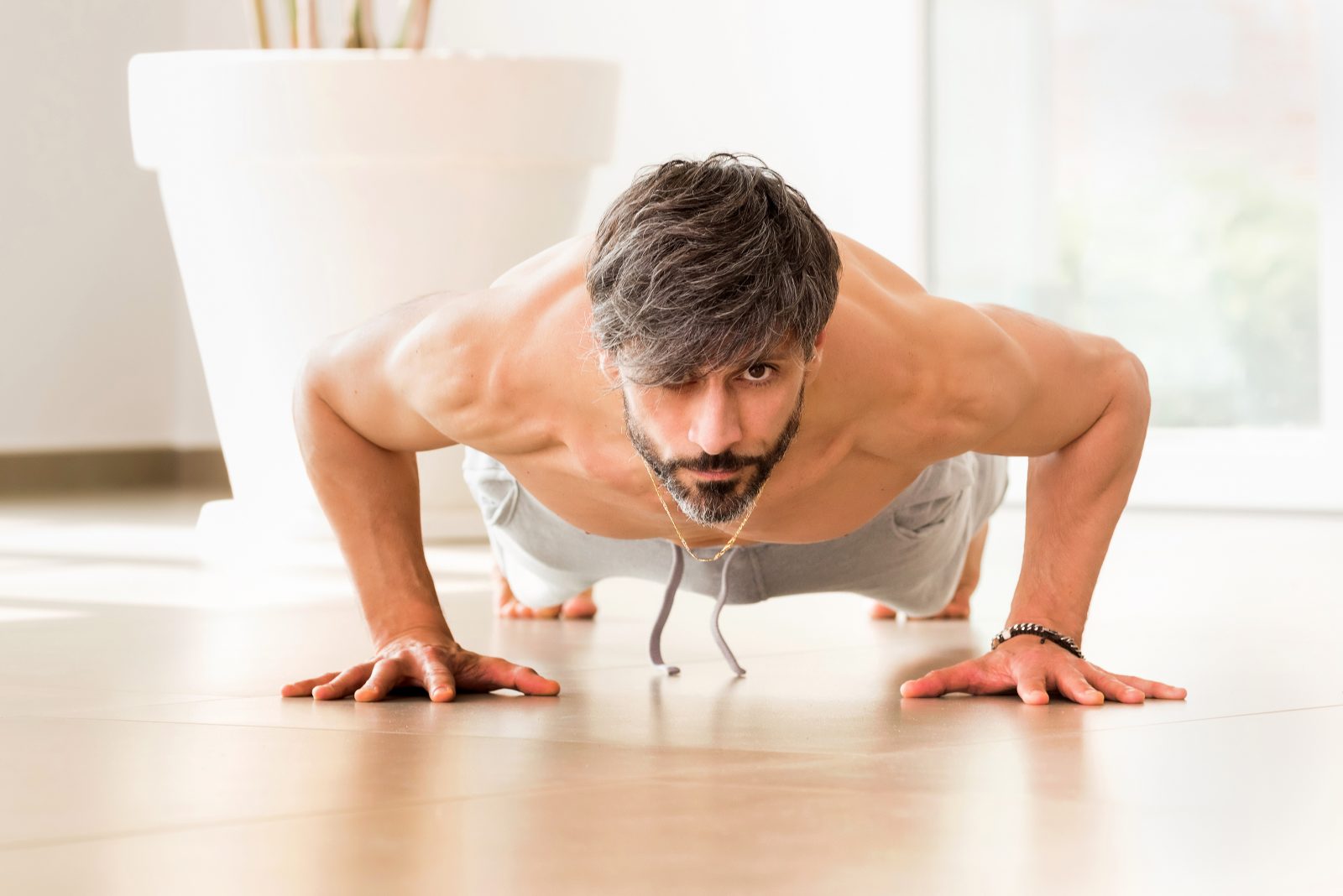
Neuromuscular Control
A very important factor in rehabilitation is the patients ability to regain neuromuscular control especially at end range. We can define neuromuscular control as the body’s ability to detect the joint position and motion in space blended with the surrounding tissues (Muscles/ ligaments/ tendons) ability to stabilize and control range of motion. Without proper neuromuscular control, the patient may exhibit excessive humeral head migration with potential for injury.
Is surgery beneficial?
Again, it depends… Non-surgical management is a viable option after first time traumatic shoulder dislocations. Kevaja et al performed a systematic review on treatment after a traumatic shoulder dislocation and found moderate quality evidence suggesting that labrum repair reduced the risk of future shoulder dislocation and that with non-surgical management 47% of patients did not experience shoulder re-dislocation. There are many factors involved here including age, sport, activity level, quality of life, genetic components, etc. If this is your first dislocation, have no signs of chronic instability, most likely a non-surgical approach will be suggested to reduce the overall cost on the healthcare system.
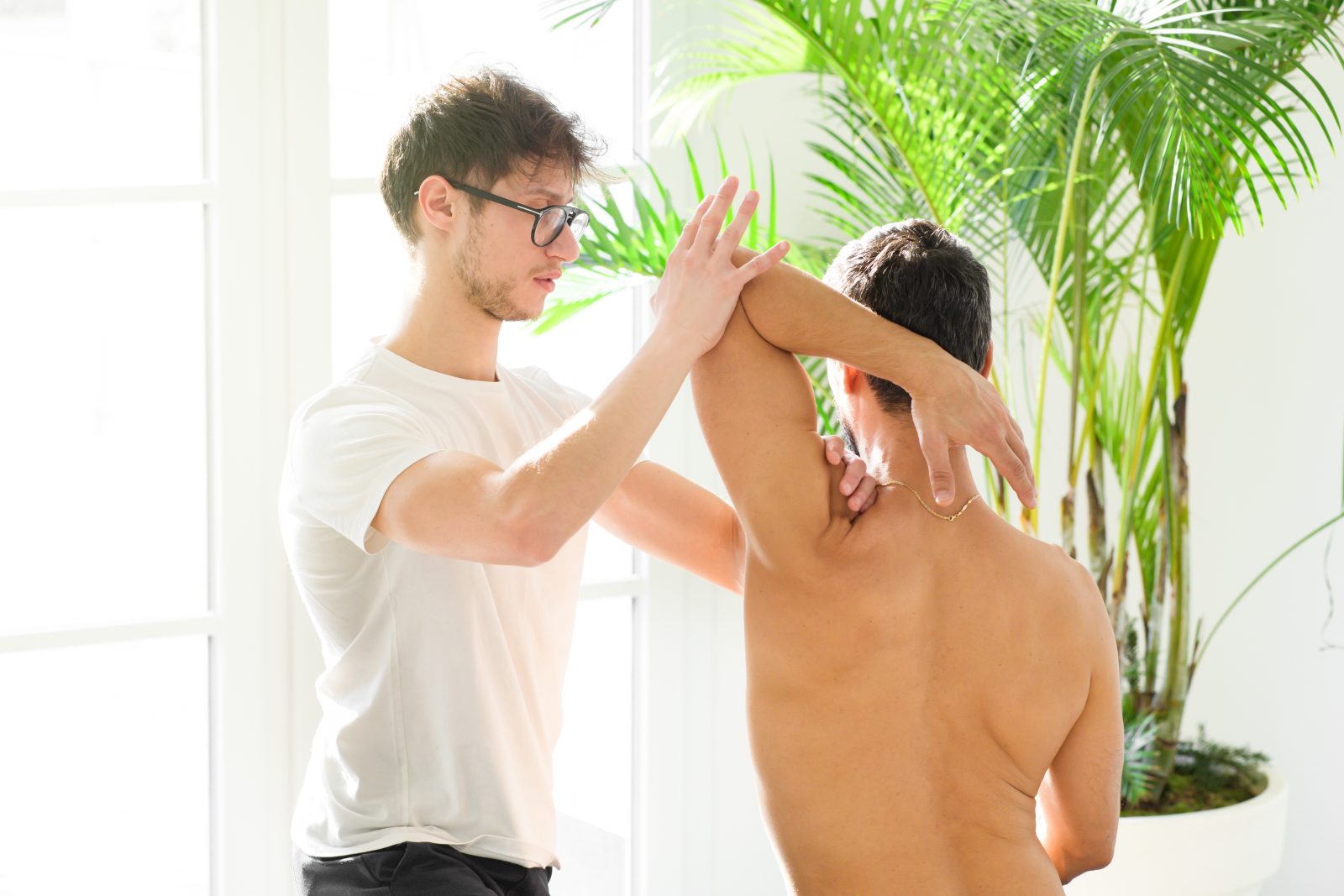
Example of 4 phase rehabilitation program
Phase I (1-6 weeks)
- Immobilization in a sling for 1-6 weeks depending on what your PT/ MD suggests.
- Active range of motion (AROM) for elbow, wrist, and all other parts of body
- Pain and inflammation control
- Active assisted range of motion (AAROM) in restricted degrees external rotation (0-30º) and forward elevation (0-90º). Think pulley system or PT guiding your arm
- Pendulums
Phase II (6-12 weeks)
- Before the patient enters Phase II, certain criteria must be met which include diminished pain and inflammation, satisfactory static stability, and adequate neuromuscular control.
- Wall isometrics in all directions (flexion/ extension/ external rotation/ internal rotation)
- Supine rhythmic stabilization at varying degrees of abduction/ flexion.
- Scapular retractions in prone
- AAROM to tolerated degrees
- Hand on wall stabilizations
- Pallof press with elbow close to body
- Table pushups at incline
- Core strength exercises
- External rotation at 90 degrees of abduction is generally limited to 65-70 degrees to avoid overstressing the healing anterior capsuloligamentous structures for approximately 4-8 weeks
Phase III (12-18 weeks)
- Criteria to enter this phase include: 1) minimal pain and tenderness, 2) full range of motion, 3) symmetrical capsular mobility, 4) good (at least ⅘ manual muscle test) strength, endurance and dynamic stability of the scapulothoracic and upper extremity musculature.
- Therefore, exercises designed to enhance endurance in the upper extremity such as using low resistance and high repetitions (20-30 repetitions per set) are incorporated during this phase.
- Also, exercise sets utilizing time may be incorporated, such as 30 second or 60 second exercise bouts.
- 90 deg of abduction based exercises (Dumbbell/ theraband)
- Bottoms up kettlebell pressing or eccentric
- Overhead throws (2 hand) or medicine ball slams
- 1 arm plank weight shifting
- Seated rows
- Bench pressing
- Rhythmic stabilization 90 deg abduction
- plyoball wall dribbles
Phase IV (18-24)
- Return to sport based activities
- Plyometric based exercises
- High impact
There you have it. By no means is this plan perfect and I would highly recommend working with a Physical Therapist to properly progress you through rehabilitation. It is important to stress the joint at opportune moments in healing and is often over/ under stressed during this healing process. Just remember, this is only one aspect to healing and we have to remember diet, stress, and sleep are all equally important.
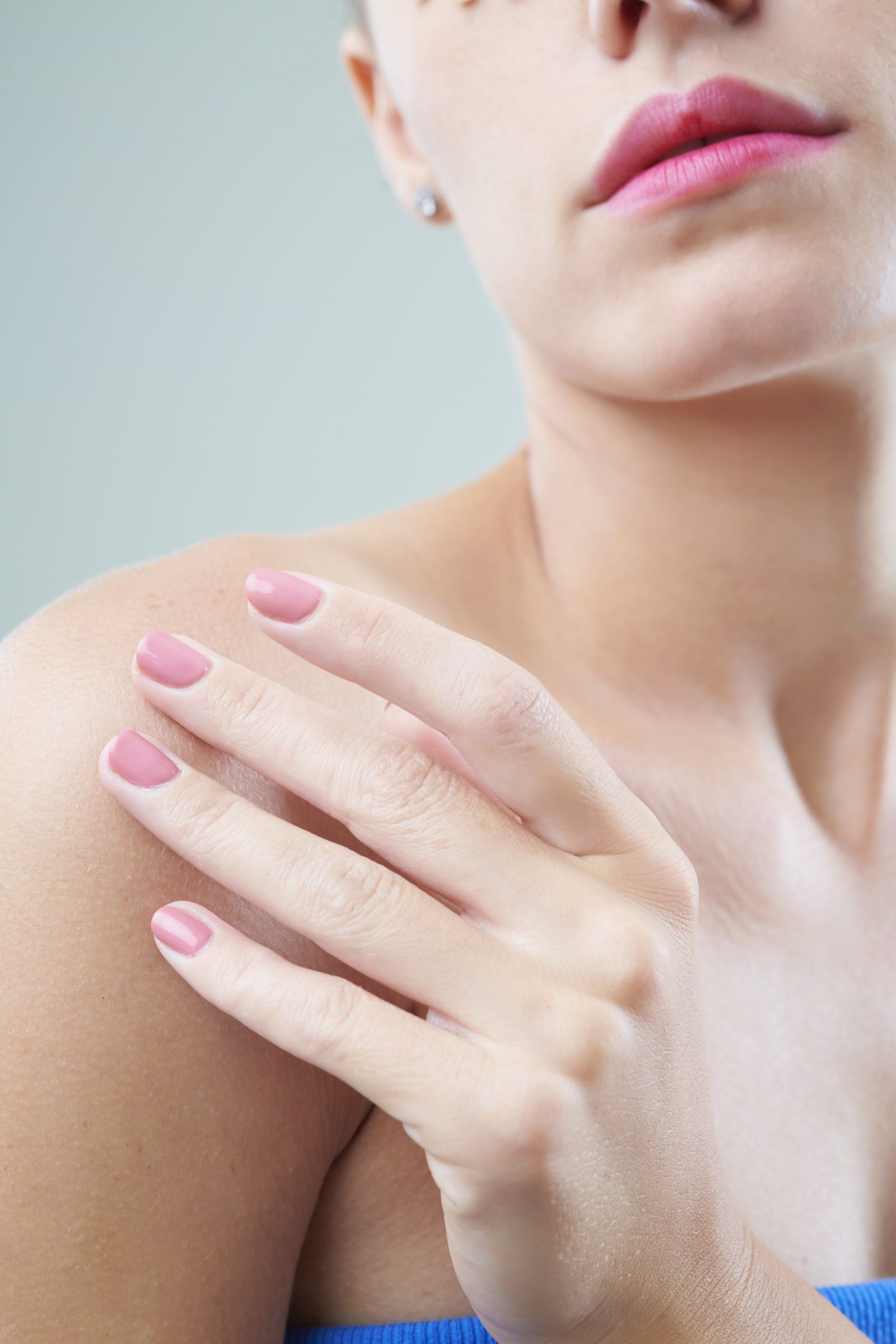
Resources:
Braun C, McRobert CJ. Conservative management following closed reduction of traumatic anterior dislocation of the shoulder. Cochrane Database Syst Rev. 2019 May 10;5(5):CD004962. doi: 10.1002/14651858.CD004962.pub4. PMID: 31074847; PMCID: PMC6510174.
Horst K, Von Harten R, Weber C, Andruszkow H, Pfeifer R, Dienstknecht T, Pape HC. Assessment of coincidence and defect sizes in Bankart and Hill-Sachs lesions after anterior shoulder dislocation: a radiological study. Br J Radiol. 2014 Feb;87(1034):20130673. doi: 10.1259/bjr.20130673. PMID: 24452107; PMCID: PMC4064539.
Kavaja L, Lähdeoja T, Malmivaara A, Paavola M. Treatment after traumatic shoulder dislocation: a systematic review with a network meta-analysis. Br J Sports Med. 2018 Dec;52(23):1498-1506. doi: 10.1136/bjsports-2017-098539. Epub 2018 Jun 23. PMID: 29936432; PMCID: PMC6241619.
Provencher MT, Frank RM, Leclere LE, Metzger PD, Ryu JJ, Bernhardson A, Romeo AA. The Hill-Sachs lesion: diagnosis, classification, and management. J Am Acad Orthop Surg. 2012 Apr;20(4):242-52. doi: 10.5435/JAAOS-20-04-242. PMID: 22474094.
Wilk KE, Macrina LC, Reinold MM. Non-operative rehabilitation for traumatic and atraumatic glenohumeral instability. N Am J Sports Phys Ther. 2006 Feb;1(1):16-31. PMID: 21522197; PMCID: PMC2953282.
https://mikereinold.com/6-keys-to-shoulder-instability-rehabilitation/
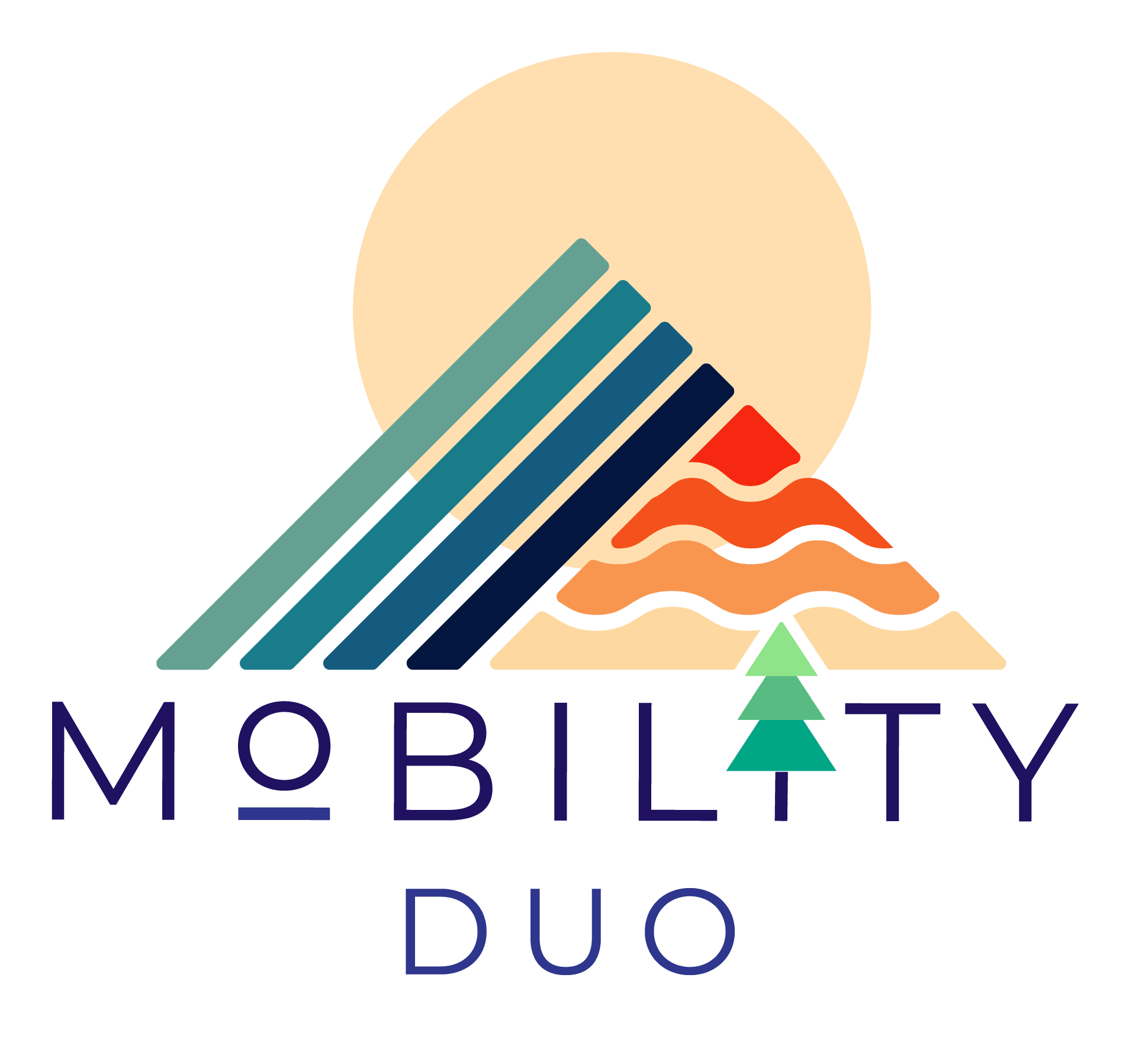
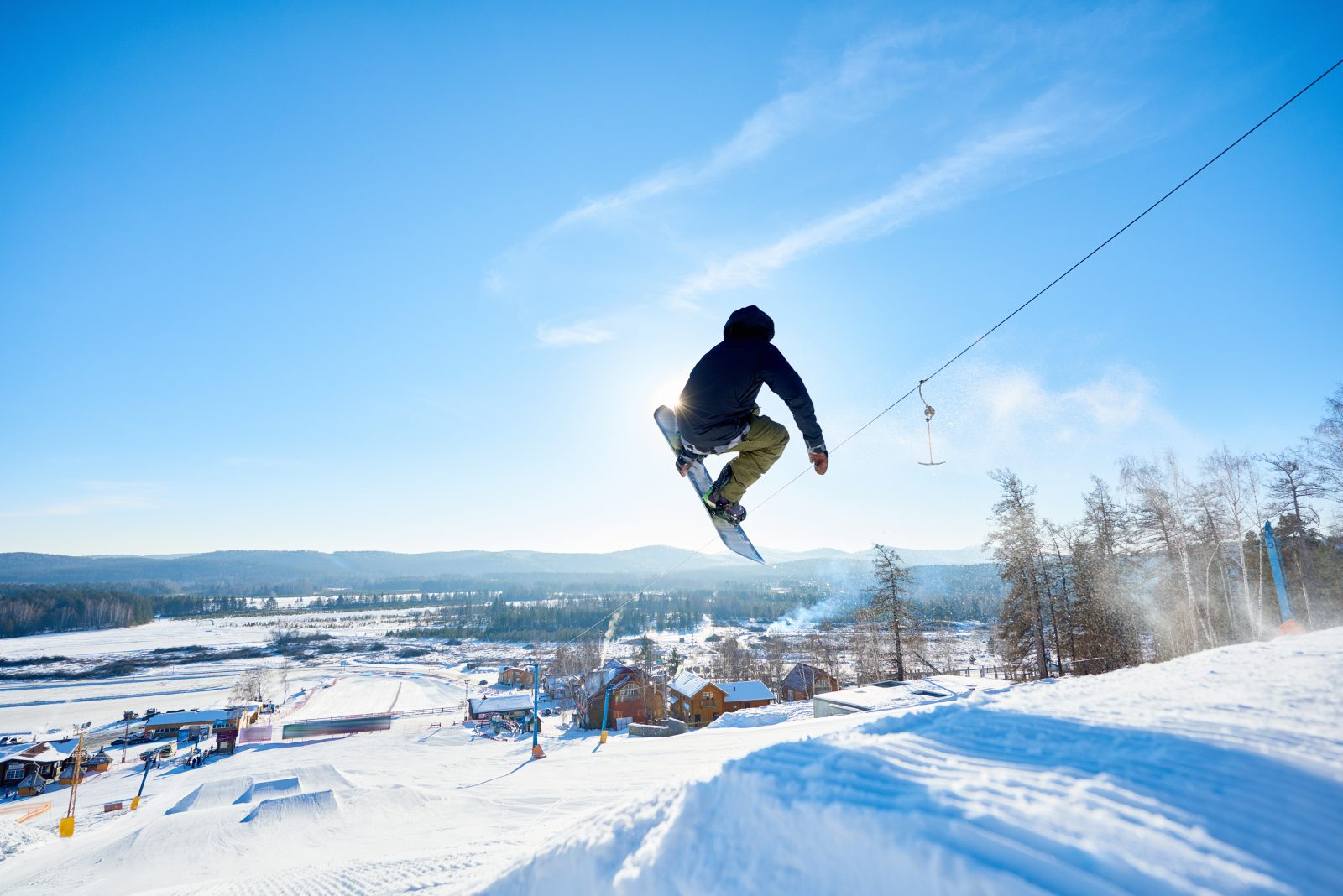
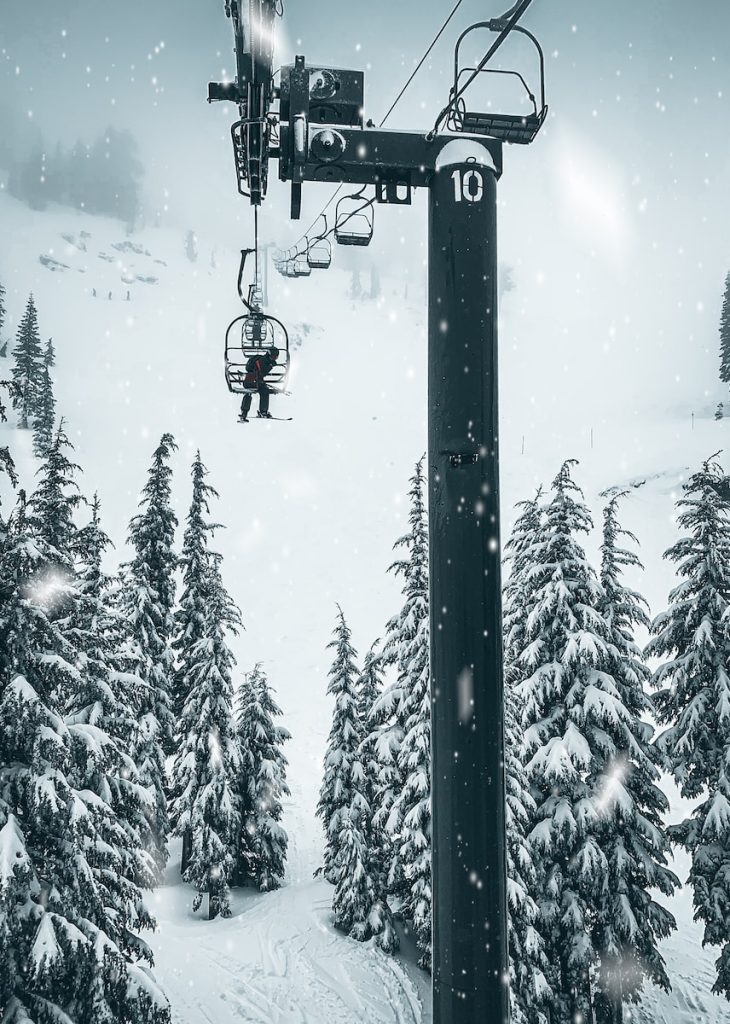
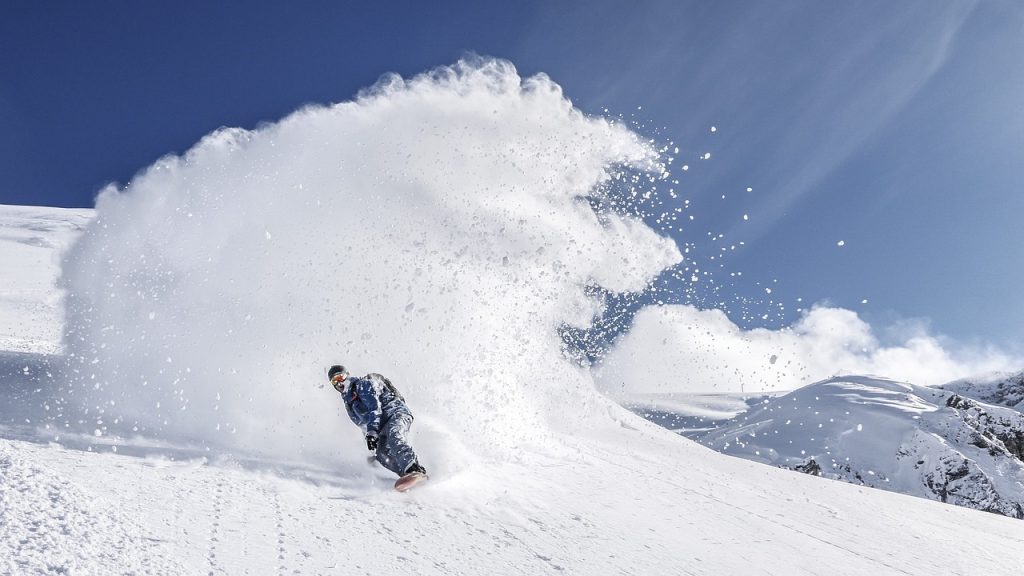
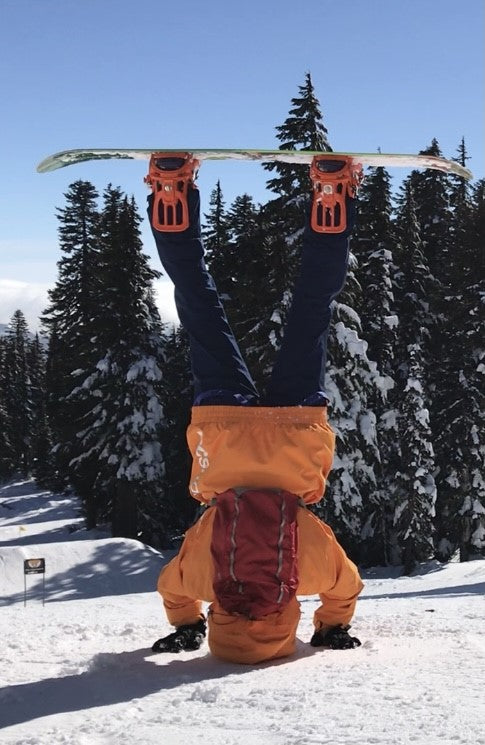
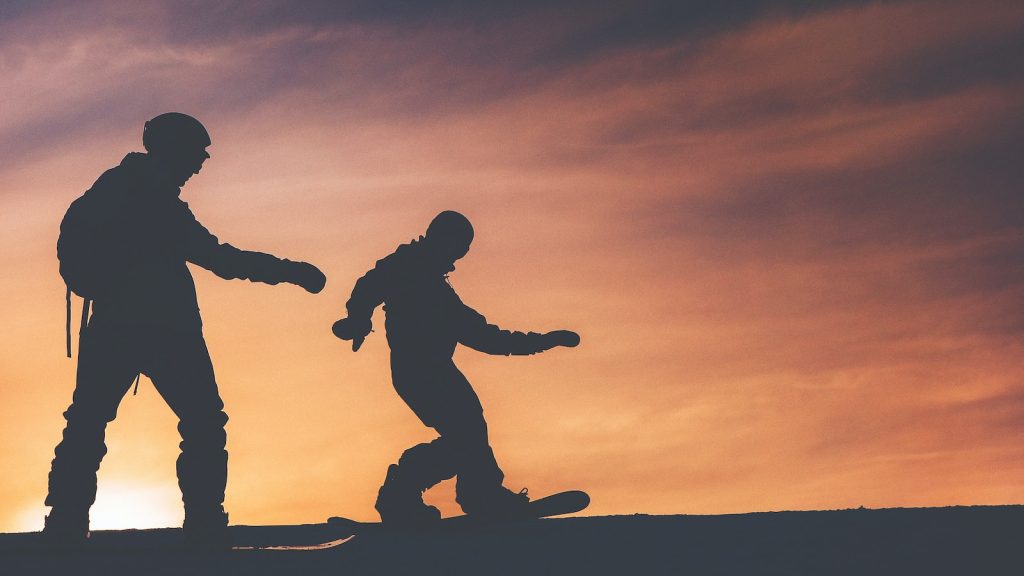
Responses